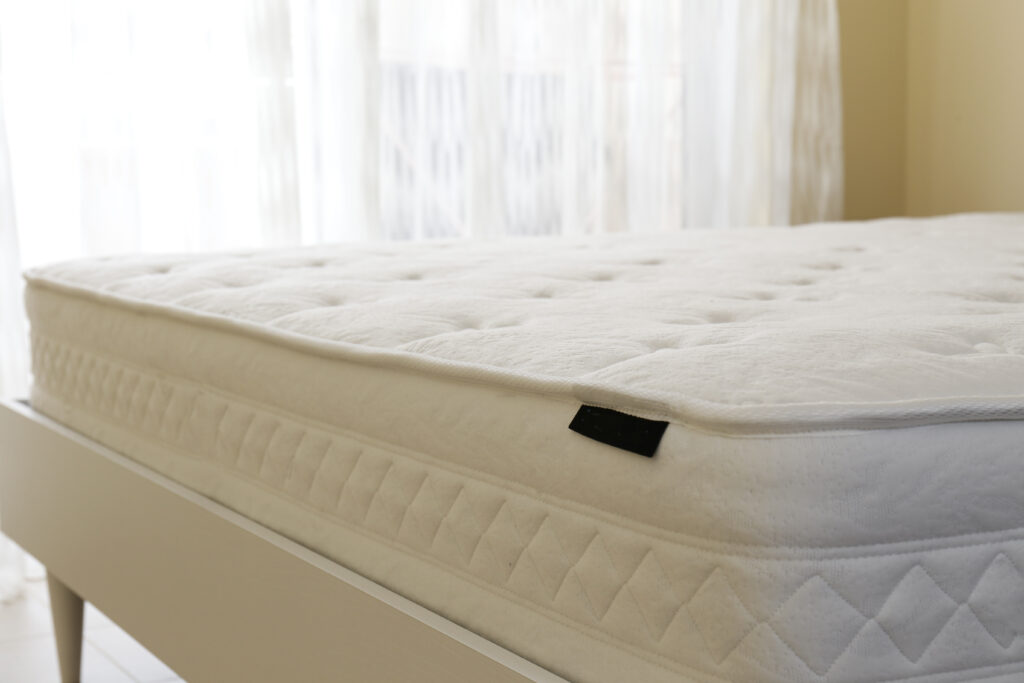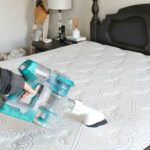Are you wondering how to quickly and easily dry a wet memory foam mattress? It can be a daunting task to try and dry a wet memory foam mattress, but it doesn’t have to be. In this article, we’ll provide you with a few simple steps to help you dry your wet memory foam mattress quickly and easily. We’ll also discuss some tips on how to avoid having a wet mattress in the future. Read on to learn more about how to dry a wet memory foam mattress.
Causes of a Wet Memory Foam Mattress
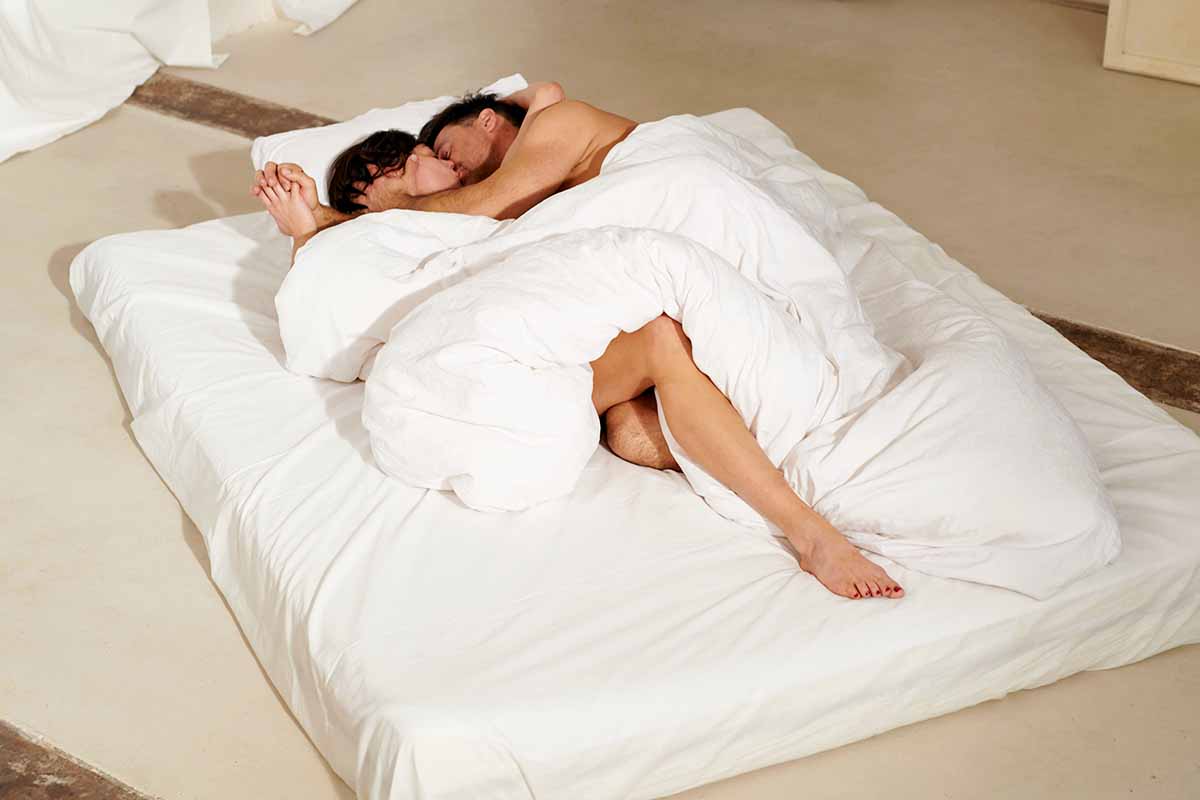
- Accidental Spills – Memory foam mattresses are prone to absorb any liquid that comes in contact with it, making them vulnerable to spills.
- Humidity – Humidity and moisture in the air can cause the mattress to become damp and wet. This is especially common in areas with high humidity.
- Leaking – If there is any kind of leakage from the bed, such as from a waterbed or any other kind of liquid, it can cause the memory foam mattress to become wet.
- Sweat – People tend to sweat while sleeping, and this sweat can eventually soak into the mattress and cause it to become wet.
- Cleaning Products – If cleaning products are used to clean the mattress and not thoroughly dried, it can cause the mattress to become wet.
No matter the cause, if you have a wet memory foam mattress, you need to know how to dry a foam mattress quickly and easily to prevent further damage.
Steps to Dry a Wet Memory Foam Mattress
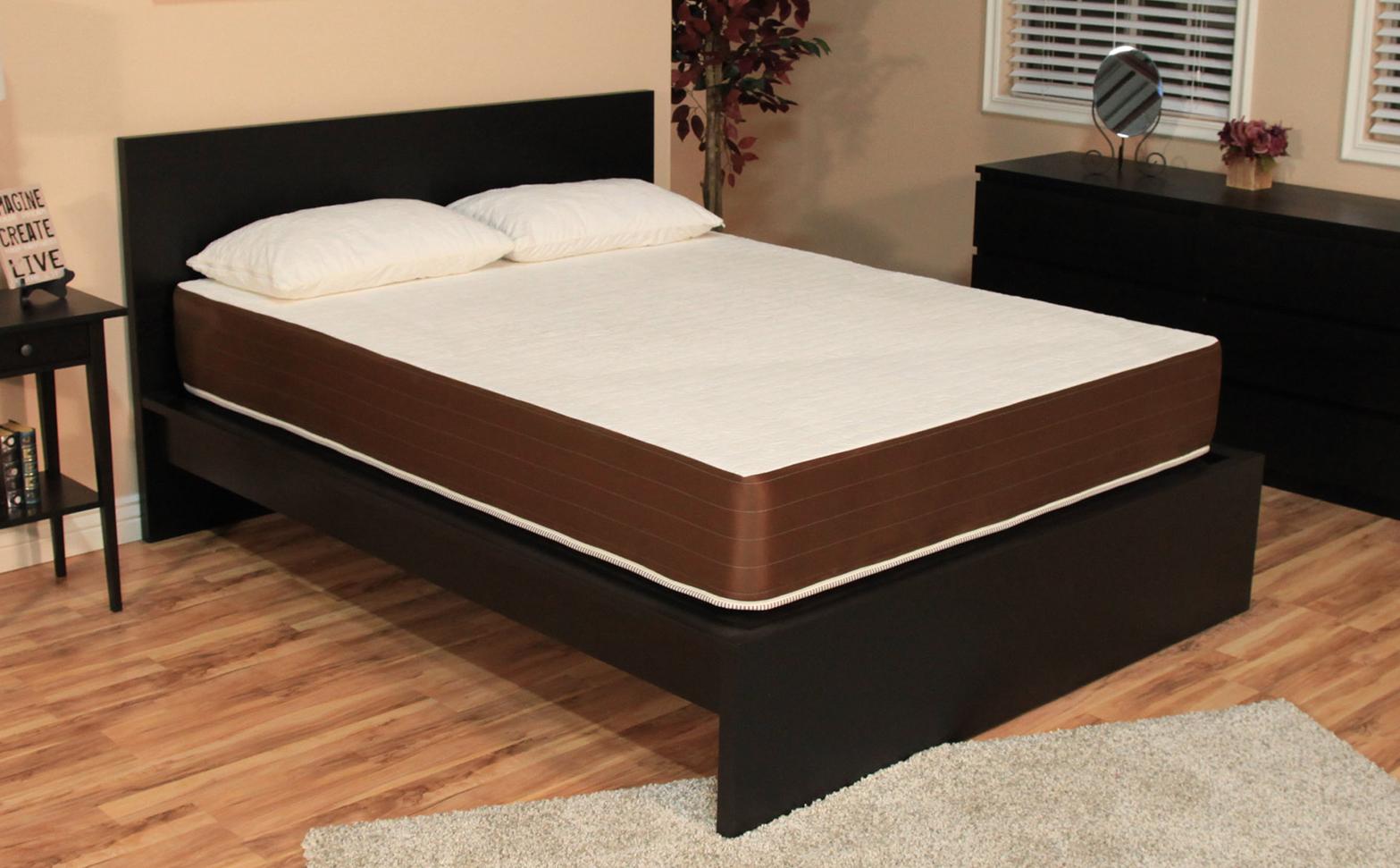
Remove Excess Moisture
The first step to drying a wet memory foam mattress is to remove any excess moisture. This can be done by using paper towels, cloths or a vacuum cleaner to absorb the moisture. Paper towels can be used to absorb the moisture and then the towels can be discarded. Cloths and towels can also be used to absorb the moisture and these can be washed or reused. A vacuum cleaner can be used to suck up the moisture and it is important to ensure that the vacuum cleaner is set to a low setting to avoid damaging the mattress.
Use Fans and Dehumidifiers
Once the excess moisture has been removed, it is important to use fans and dehumidifiers to help dry the mattress. Fans can be used to help circulate the air and help speed up the drying process. Dehumidifiers can be used to pull moisture out of the air and help reduce the humidity in the room. It is important to ensure that the dehumidifier is set to the correct humidity levels and that the fan is running at the correct speed to avoid damaging the mattress.
Turning and Rotating the Mattress
The last step in drying a wet memory foam mattress is to turn and rotate the mattress. This helps to ensure that all areas of the mattress are exposed to air and helps with the drying process. It is important to ensure that the mattress is turned every few hours to ensure that it is completely dry. It is also important to ensure that the mattress is not exposed to direct sunlight or heat as this can damage the mattress.
By following these steps, a wet memory foam mattress can be quickly and easily dried. It is important to ensure that the mattress is dried completely before using it again to avoid any potential damage.
Common Mistakes When Drying a Memory Foam Mattress
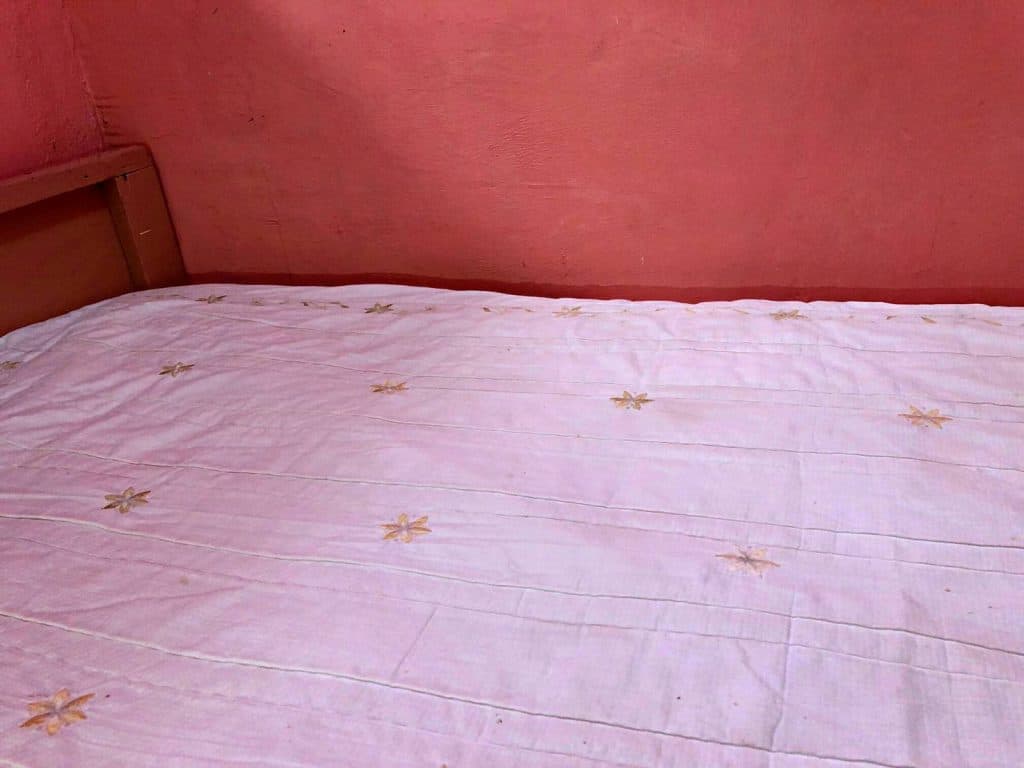
Using a Hair Dryer: It is not recommended to use a hair dryer for drying a memory foam mattress as the hot air can damage the foam and reduce its life.
Using a Vacuum Cleaner: Vacuum cleaners are ineffective in drying a wet memory foam mattress and can cause further damage to the mattress.
Using a Washing Machine or Dryer: Washing machines and dryers are not recommended for drying memory foam mattresses as the intense heat and tumbling can damage the foam and reduce its lifespan.
Using Detergent: Detergents should not be used when drying a memory foam mattress as the chemicals can damage the foam and leave a residue.
Using a Heat Lamp: A heat lamp should also not be used for drying a memory foam mattress as it can cause the foam to become too hot, damaging the mattress and reducing its lifespan.
Cleaning the Mattress Cover
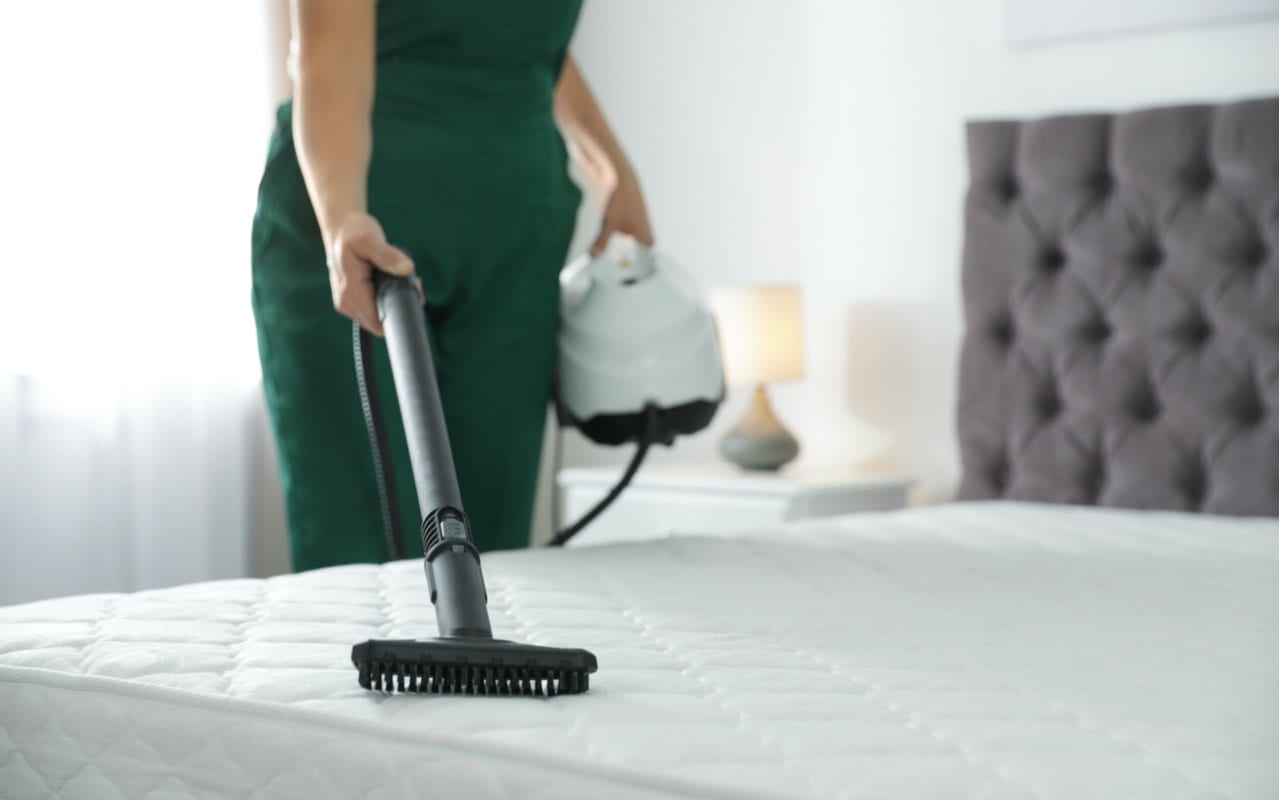
- Vacuum the mattress – Vacuuming the mattress is the first step to cleaning the mattress cover. This will help remove any dirt and debris that may have accumulated on the surface of the mattress over time.
- Spot clean the mattress cover – Once the mattress is vacuumed, spot clean the mattress cover with a mild detergent and warm water. Use a soft cloth or sponge to gently scrub the areas that require extra attention.
- Wash the mattress cover – Most mattress covers can be machine washed on a gentle cycle with warm water. To prevent the cover from shrinking, use a mild detergent and hang it to dry after washing.
- Air dry the mattress cover – To ensure the mattress cover is completely dry, hang it up outside or near an open window to air dry. This will also help to remove any lingering odors that may have been left behind during the cleaning process.
Use a mattress protector – To keep your mattress clean and free from dirt and debris, use a mattress protector. This will help to protect the mattress from spills and stains and will make it easier to clean the mattress cover in the future.
Benefits of Drying a Memory Foam Mattress
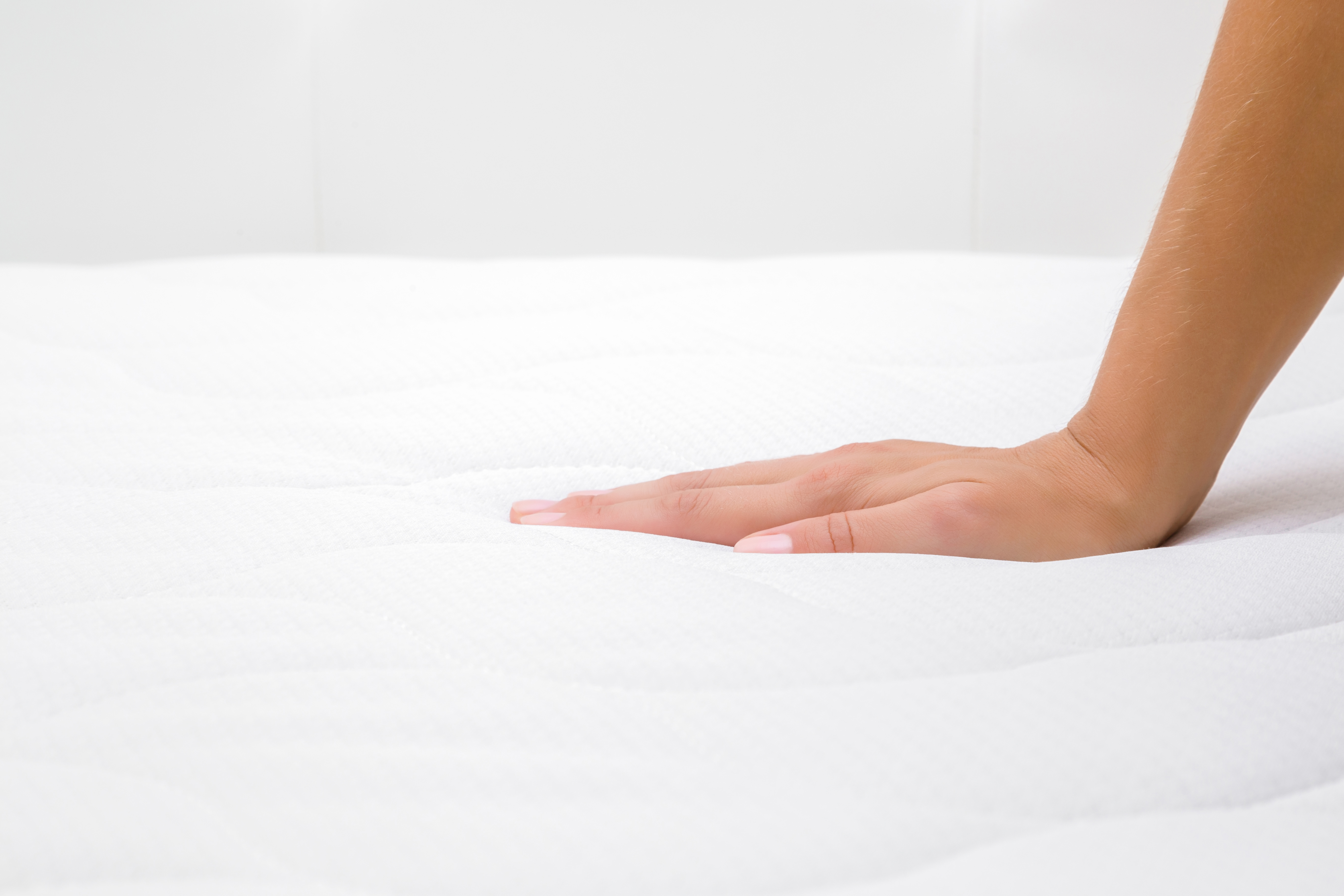
- Prevents Mold Growth: Drying your memory foam mattress quickly after a spill is important as any moisture can cause mold to grow on the mattress.
- Preserves the Quality: Drying the mattress will help preserve the quality and make it last longer.
- Preserves Comfort: Memory foam mattresses are designed to be comfortable and if they are not dried properly, they can become lumpy and uncomfortable.
- Reduces Odors: If your mattress has a musty odor or any other odor, drying it can help to reduce the odor.
- Reduces Allergens: Drying the mattress can also help to reduce allergens such as dust mites, pet dander, and mold spores.
Conclusion
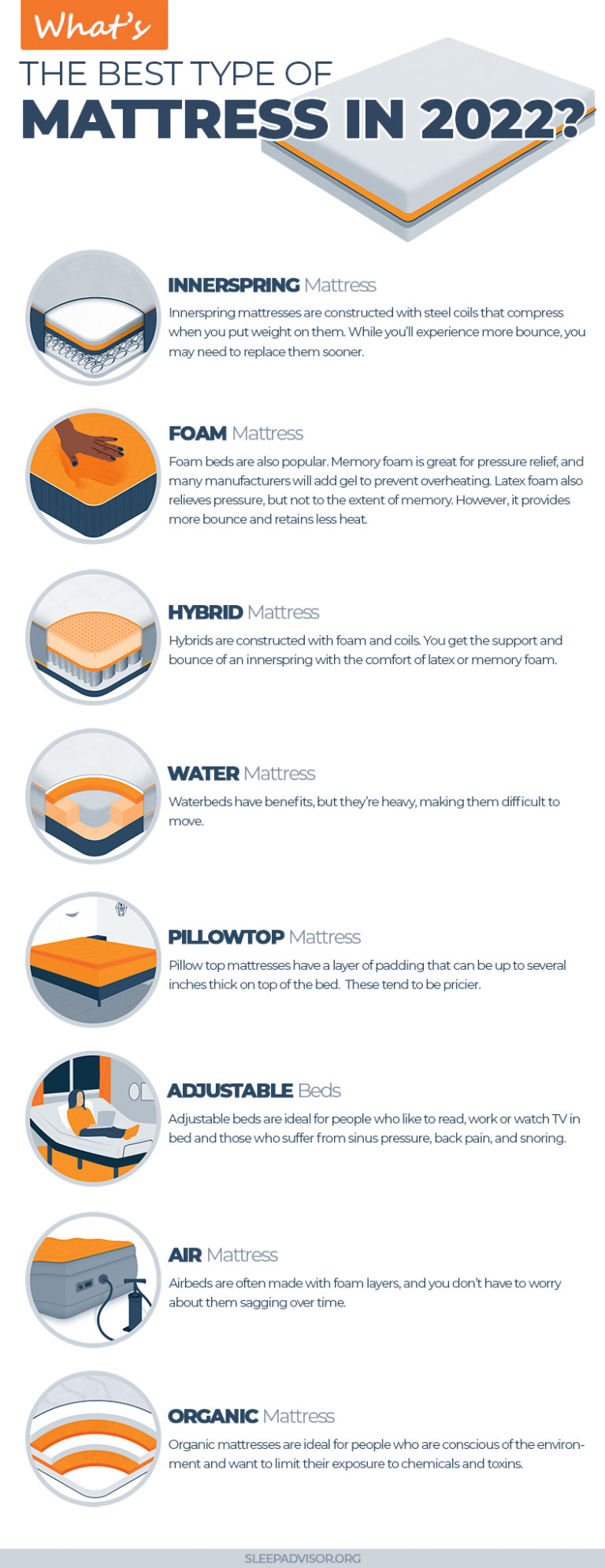
Memory foam mattresses are a great investment, but they can get wet easily. To quickly and easily dry a wet memory foam mattress, you should take it out of the bed frame, open any compartments, prop it up on blocks or chairs, and use fans to blow air over the mattress, rotating the fans occasionally. Additionally, you can use baking soda and a vacuum to absorb any lingering odor. With the right technique and patience, you can dry your memory foam mattress and keep it in top condition.
References
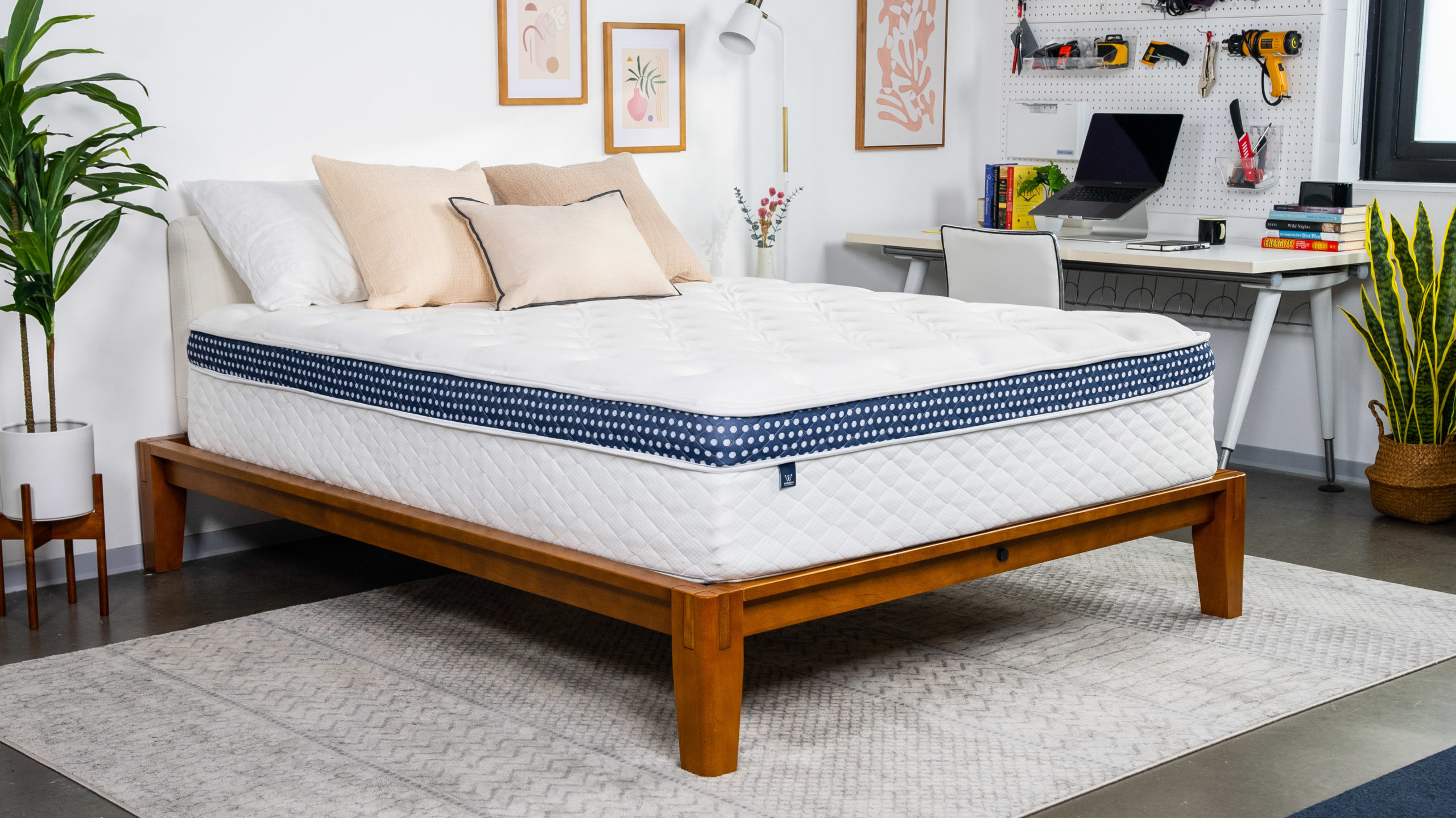
| Source | Title | Link |
|---|---|---|
| Sleep Lark | How to Clean and Care for Your Memory Foam Mattress | https://www.sleep-lark.com/how-to-clean-memory-foam-mattress/ |
| The Spruce | How to Clean a Memory Foam Mattress Topper | https://www.thespruce.com/how-to-clean-memory-foam-mattress-topper-4118301 |
| Cleanipedia | How to Dry a Mattress: The Ultimate Guide | https://www.cleanipedia.com/gb/bedding/how-to-dry-a-mattress/ |
Start the Drying Process Immediately
Act quickly to remove moisture and prevent mold growth. Once the mattress is wet, begin the drying process as soon as possible. The longer it takes to dry, the greater the risk of permanent damage to the mattress.
Remove the moisture by using a wet-dry vacuum or a shop vac to suck out as much of the liquid as possible. If the mattress is too large, use cloth towels to soak up the liquid.
Air-dry the mattress in a well-ventilated area. If possible, use fans to speed up the drying process. If the mattress is too large, place it outside in a shaded area. Avoid direct sunlight, as this will cause the foam to break down faster.
Rotate the mattress every few hours to ensure even drying. This will help prevent permanent damage to the mattress.
Monitor the moisture level with a moisture meter. This will give you an accurate reading of the moisture level in the mattress. Stop the drying process when the moisture level is below 10%.
Dehumidify the area if possible. This will help reduce the amount of moisture in the air and speed up the drying process.
Replace the mattress if there is too much damage. Drying a wet memory foam mattress can be difficult, and the mattress may not be salvageable. Consider replacing the mattress if it has been damaged beyond repair.
| Step | Instruction |
|---|---|
| Start the Drying Process Immediately | Act quickly to remove moisture and prevent mold growth |
| Remove the Moisture | Use a wet-dry vacuum or a shop vac to suck out as much of the liquid as possible. If the mattress is too large, use cloth towels to soak up the liquid. |
| Air-Dry the Mattress | In a well-ventilated area. If possible, use fans to speed up the drying process. If the mattress is too large, place it outside in a shaded area. |
| Rotate the Mattress | Every few hours to ensure even drying. |
| Monitor the Moisture Level | Use a moisture meter. Stop the drying process when the moisture level is below 10%. |
| Dehumidify the Area | If possible, to reduce the amount of moisture in the air and speed up the drying process. |
| Replace the Mattress | If there is too much damage. Consider replacing the mattress if it has been damaged beyond repair. |
Frequently Asked Questions
What can I do if my mattress is too big to fit in a dryer?
1. Use a Towel – Place a large, absorbent towel above and below the wet mattress, then roll it up tightly. This will help absorb most of the liquid and allow the remainder to evaporate quickly.
2. Use a Fan – If a towel is not enough, use a fan to help speed up the drying process. Place the fan near the mattress, and turn it on high.
3. Open Windows – If possible, open a few windows in the room to help circulate the air and speed up the drying process.
4. Use a Hair Dryer – If you cannot open windows, or if the fan is not enough, use a hair dryer to help dry the mattress. Be sure to keep the hair dryer away from any metal components on the mattress, as it can cause them to become hot and potentially damage the mattress.
5. Use a Dehumidifier – If the mattress is still damp after using the other methods, consider using a dehumidifier to help draw out the remaining moisture.
How long will it take for the mattress to dry completely?
It depends on the size and material of the mattress, as well as the environmental conditions. Generally, it can take from 2 – 5 days for a wet memory foam mattress to dry completely.
- For a single-sized mattress, it will usually take 2-3 days to dry.
- For a double-sized mattress, it will usually take 3-4 days to dry.
- For a king-sized mattress, it will usually take 4-5 days to dry.
The drying time can be shortened by using a dehumidifier or fan to reduce the humidity and circulate the air in the room. Additionally, you can use a mattress protector to keep the mattress from getting wet in the future.
Can I use a Dehumidifier to Help Speed Up the Drying Process?
Yes, using a dehumidifier can help speed up the drying process of a wet memory foam mattress. Dehumidifiers work by extracting moisture from the air and creating a drier environment for the mattress to dry. Dehumidifiers should be used in combination with other drying methods, such as fans or heaters, for the best results. It is important to monitor the dehumidifier to make sure it is running efficiently, and to empty the water tank regularly.
Is it Safe to Expose a Foam Mattress to Direct Sunlight?
No. Exposing a foam mattress to direct sunlight is not safe and should be avoided. Here are some reasons why:
- Direct sunlight can cause the foam to degrade faster and become brittle, leading to a reduction in mattress longevity.
- Excess heat from the sun can damage the foam’s cellular structure, reducing its ability to provide support for your body.
- The sun’s UV rays can damage the fabrics on the mattress, causing discoloration, fading and even rips.
It is best to avoid exposing any foam mattress to direct sunlight. If you must dry your foam mattress in the sun, be sure to use a protective cover to shield it from direct sunlight.
Can I use a fan to help accelerate the drying process?
Yes, using a fan can help accelerate the drying process of a wet memory foam mattress. Here are some tips for using a fan to dry a memory foam mattress:
- Place the fan near the wet mattress and direct the air flow across the mattress.
- Set the fan on low or medium speed, so the air is moving gently across the mattress.
- Do not turn the fan on its highest setting as this can damage the memory foam.
- Leave the fan to run for several hours, or until the mattress is dry.
- If possible, place the fan in a room with good ventilation, so the air can circulate.
Using a fan is an effective way to quickly and easily dry a wet memory foam mattress. However, it is important to make sure the mattress is completely dry before using it, as residual moisture can cause mold and mildew to grow.
Conclusion

Memory foam mattresses are a great option for getting a good night’s sleep, but they can take a while to dry if they get wet. However, by using a combination of towels, fans, and a dehumidifier, it’s possible to dry a wet memory foam mattress relatively quickly and easily.
References

